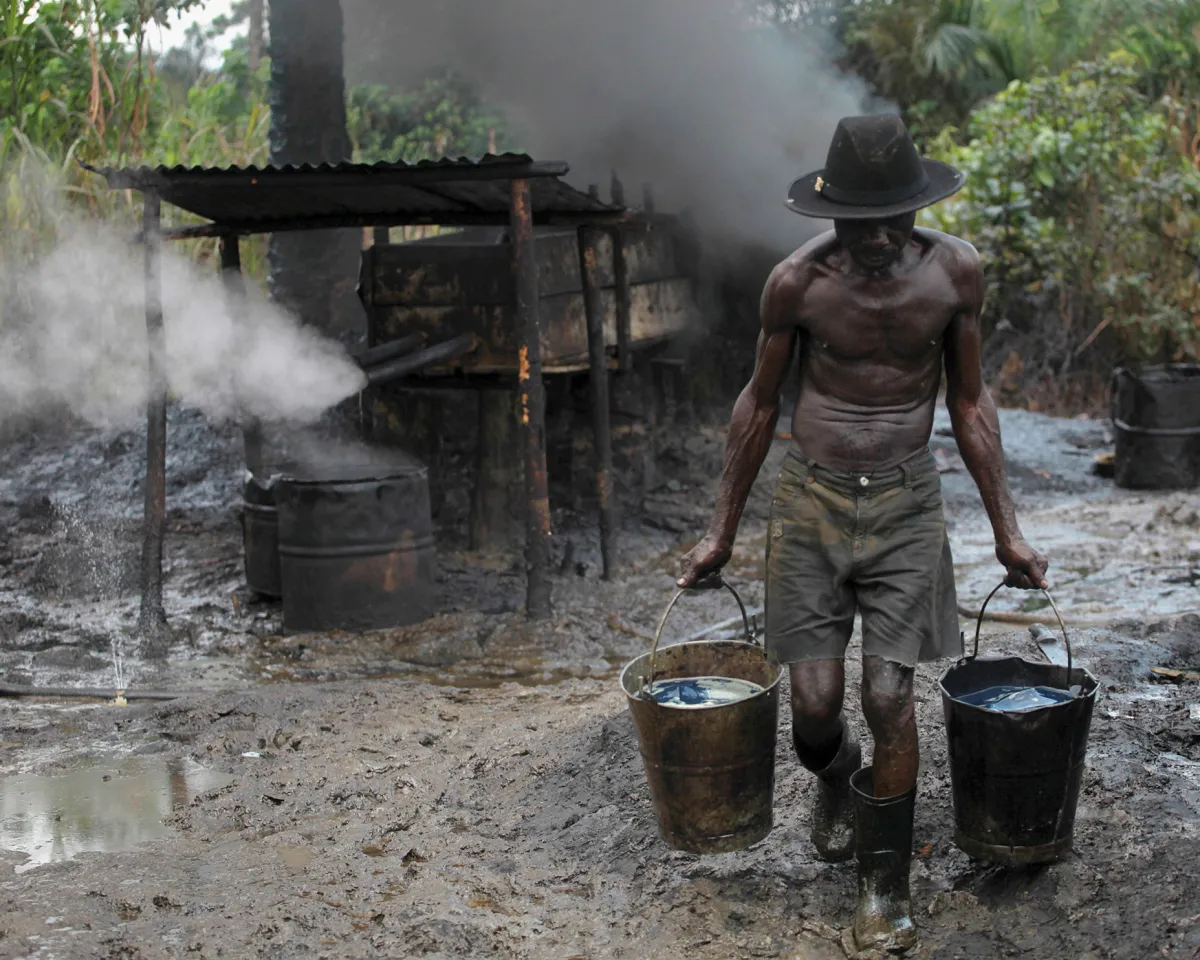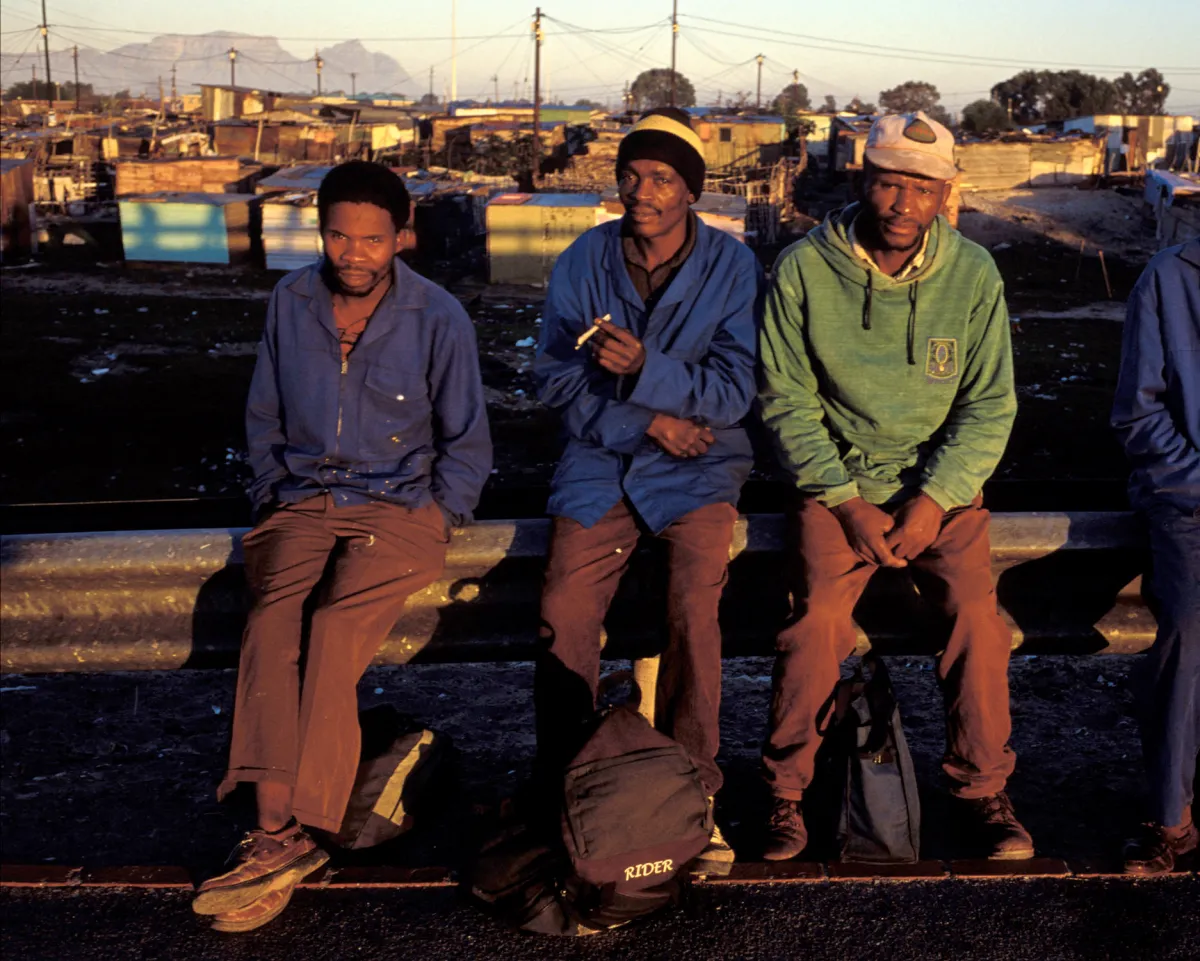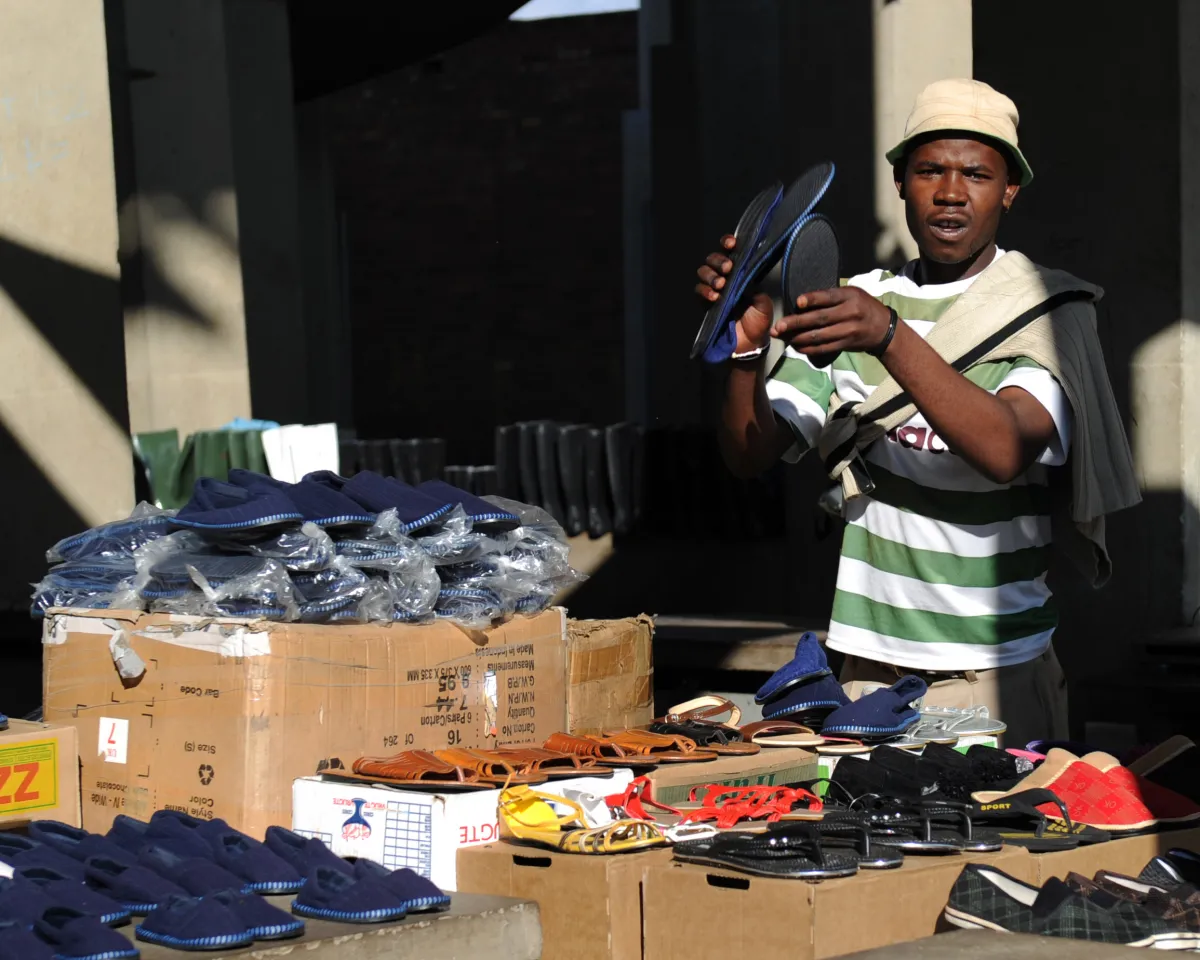Economics: Sub-Saharan Africa
Sub-Saharan Africa sustained rapid economic growth and investment in the early 2000s, a period dubbed by some experts as Africa Rising.
Sub-Saharan Africa sustained rapid economic growth and investment in the early 2000s, a period dubbed by some experts as Africa Rising. But much of this wealth generation has not translated to significantly higher average incomes or more jobs, and inequality in the region remains high. The global financial crisis in 2008 and a crash in the price of commodities such as crude oil, iron ore, copper, and palm oil stalled this growth. Other chronic problems in the region, such as poor infrastructure and lack of access to capital, continue to stymie economic development, which is continually outpaced by booming population growth. Historical, political, and social challenges, including the legacy of colonialism, conflict, instability, and poor political leadership, also hold the region back economically. Despite these challenges, investment continues to flow into the region, especially from China and countries in the Arabian Peninsula.
Africa’s Economies: Relatively Small, But Growing
Sub-Saharan Africa has the world’s lowest total gross domestic product (GDP), the measure of everything produced in a given country or region. Its average GDP per capita, or the GDP divided by population, is just under four thousand dollars, which is one-fifth of the world average. But this gap could shrink in the future. In 2018, eight of the twenty fastest growing economies in the world were found in the region. Despite big GDP gains in countries such as Ethiopia and Ghana, sub-Saharan wealth remains heavily concentrated. Nigeria and South Africa, the region’s wealthiest countries, generate almost half of the region’s GDP.
Region’s Economic Heavyweights Built on Different Foundations
Nigeria and South Africa, by far the region’s richest countries, have very different types of economies. Nigeria’s economy has been volatile in recent years due to its dependence on oil, a commodity susceptible to unpredictable prices and a target for theft. (In 2014, fifteen percent of Nigerian oil was stolen from the country’s pipelines by criminals and extremist groups.) Experts sometimes point to Nigeria as an example of the resource curse, the counter-intuitive idea that countries with lots of natural resources (such as oil) tend to have lower economic growth than countries without them. South Africa’s economy, on the other hand, is much more diversified and includes automotive manufacturing, mining, financial services, and agriculture, making it more stable.
Natural Resource Wealth a Double-Edged Sword
Thirty percent of the earth’s mineral resource reserves are located in sub-Saharan Africa. Countries bordering the Sahara Desert have vast deposits of oil and uranium ore and in central and southern Africa, gold and diamonds are abundant. Many of the region’s economies are based on commodity exports, making them beholden to the ups-and-downs of global commodity prices. The extraction of natural resources has a high human cost too. Forty percent of the world’s cobalt supply comes from the Katanga region of the Democratic Republic of Congo. Cobalt is necessary to make lithium batteries such as the ones used in iPhones but mining it is extremely dangerous. And miners are often children, facing deadly working conditions and human rights abuses.
Region Mired in Extreme Inequality
Four of the five most unequal countries in the world can be found in sub-Saharan Africa. But inequality isn’t an isolated problem—it’s found throughout the region, both between and within countries. Driving this inequality is the fact that gains in the broader economy have not translated into higher incomes or more jobs for the majority of sub-Saharan Africans. Botswana, for example, has one of the highest GDPs per capita in the region, thanks to a tiny population and vast diamond deposits, but it is also one of the most unequal countries in the world as measured by income. It’s the same story in neighboring South Africa, where 10 percent of the population holds 90 percent of the country’s wealth. The country’s white minority holds most of this wealth due to the legacy of apartheid.
Corruption Takes Toll on Economy
In sub-Saharan Africa, corruption, or the abuse of power for personal gain, comes in many forms, big and small. From paying small bribes to access government services like schooling or medicine, to awarding lucrative government contracts to friends or family members, corruption continues to stifle development across the region. In many countries, corruption is rampant and comes at a high cost to the national economy and the general public. In South Africa, corruption is so widespread that many describe it using term "state capture," which refers to the high degree of control that a few powerful individuals exert over the entire government. It’s estimated that the reported corruption of South Africa’s former President Jacob Zuma cost his country billions of dollars in government funding and private investment.
Lack of Infrastructure Hampers Development
From roads to bridges to ports—even the electricity supply—virtually all of the region’s infrastructure has gone from bad to worse in the past decade. And this has far-reaching effects for everyone: Poor roads make it hard for doctors to source medicines and for patients to access healthcare; businesses are cut off from vital markets; and about 625 million people, or 68 percent of the population, lack access to electricity. In some countries like Chad, only a tenth of the population has reliable access to electricity. Yet since 2000, two out of every three dollars put into the region’s energy sector has gone toward developing energy resources for export. In other words, the region does not lack access to energy sources but they are being extracted for use elsewhere.
Hope for Free Trade Across Africa Not Yet Realized
Trade among sub-Saharan African countries makes up only 10 percent of the region’s total commerce. But this could increase dramatically in the near future. After more than two years of negotiation, most of the region’s leaders signed the African Continental Free Trade Agreement (CFTA) in 2018, the largest free trade agreement since the World Trade Organization was created. If the treaty is ratified in national parliaments across the region, it has the potential to boost intra-African trade by 50 percent by 2022. For now, China, India, Germany, and the United States remain the region’s major trading partners, though both Russia and Brazil have significantly increased imports from and exports to the region in recent years.
High Unemployment Sows Instability
Of the region’s ten to twelve million young people who enter the workforce each year, only three million find employment. That means that one in three sub-Saharan Africans aged fifteen to thirty-five is unemployed. High rates of unemployment, coupled with the growing youth population and massive demographic shifts, are a potential source of instability and unrest. In most African countries, the agricultural sector, which can be unstable, employs roughly half of the working population; however, in some countries such as Burundi, Burkina Faso, and Madagascar, the proportion is much higher—around 80 percent.
Informal Sector Provides Opportunities for Many
Sub-Saharan Africa is home to a thriving informal sector, which refers to economic activities that are not monitored or regulated by the government. Jobs that fall under this definition include small plot farming, small-scale mining operations, craft making, and other services like housekeeping, giving rides, or fixing cars. Informal economic activity is typically not accounted for in a country’s GDP or official employment rate. But in sub-Saharan Africa, roughly 72 percent of all people earning money work in the informal sector.
Foreign Aid Reliance Varies By Country
In 2017, sub-Saharan Africa received $50 billion in development assistance and foreign aid—the money, services, or physical goods that one country sends to another to help it in some way. Some countries, including Liberia, Niger, and Sierra Leone, depend heavily on foreign aid, but others, such as Nigeria, Botswana, and South Africa do not. The effectiveness of foreign aid in the region is mixed, though many people point to the U.S. President’s Emergency Plan for AIDS Relief (PEPFAR), which provided lifesaving treatment to roughly 11.5 million people across sub-Saharan Africa, as a foreign aid success story.










